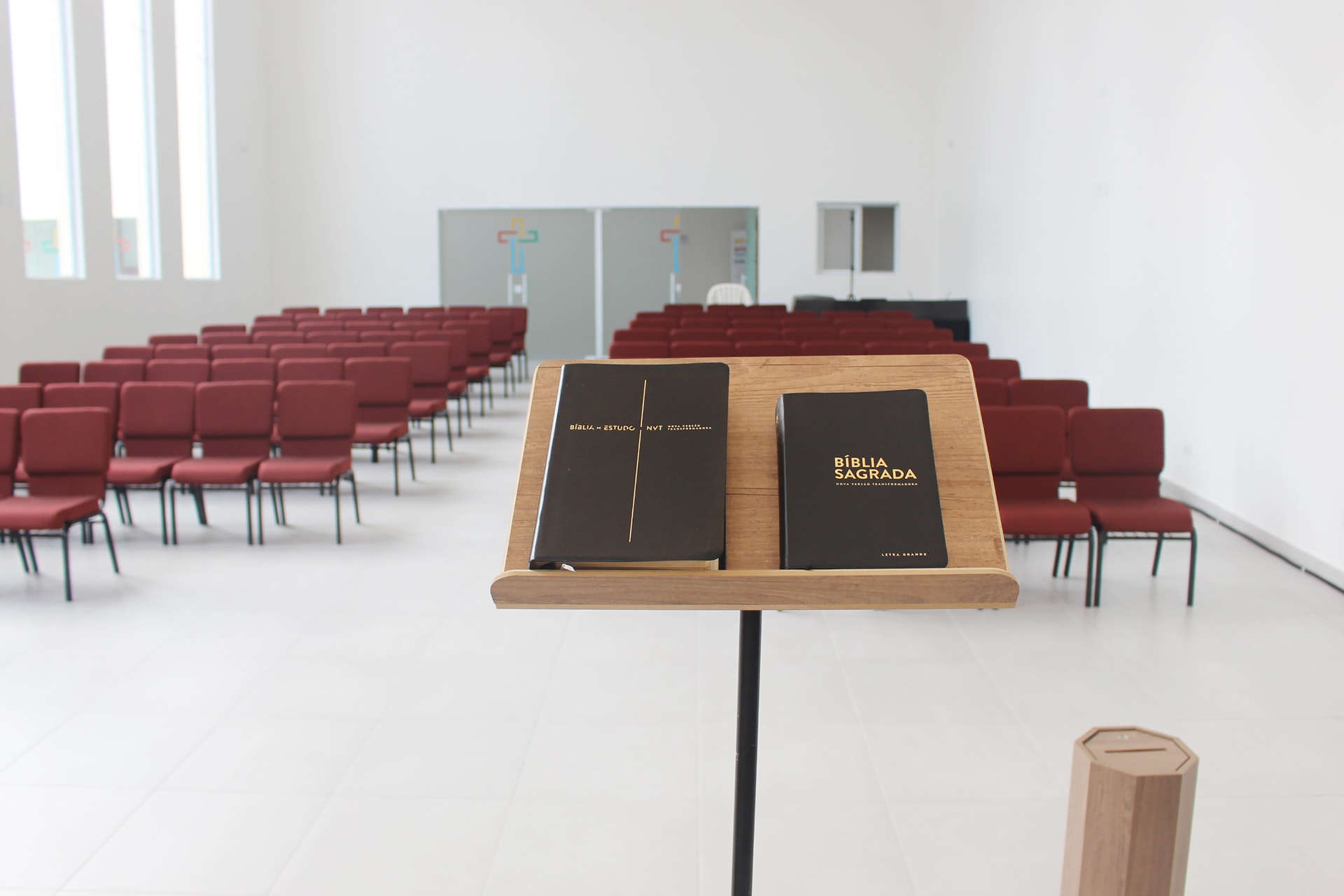There are hundreds of terms that are utilized in the financial language,Profit Accelerator newbies have to comprehend first the most important and typically utilized words.
Option – is the right of the buyer to either buy or sell the hidden asset at a fixed price and a set date. At the end of the contract,the owner can exercise to either sell the option or buy at the strike cost. The owner deserves to pursue the contract however she or he is not obligated to do so.
Call Option – offers the owner the right to buy the hidden asset.
Put Option – offers the owner the right to sell the hidden asset.
Exercise – is the action where the owner can pick to buy (if call option) or sell (if put option) the hidden asset or,to neglect the contract. If the owner picks to pursue the contract,he needs to send an exercise notification to the seller.
Expiration – is the date where the contract ends. After the owner and the expiration does not exercise his/her rights,the contract is ended.
In-the-money – is an alternative with an intrinsic value. The call option is in-the-money if the hidden asset is higher than the strike cost. The put option is in-the-money if the hidden asset is lower than the strike cost.
Out-of-the-money – is an alternative with no intrinsic value. If the trading cost is lower than the strike cost,the call option is out-of-the-money. The put option is out-of-the-money if the trading cost is higher than the strike cost.
Balancing out – is an act by which the owner of the option exercises his right to buy or sell the hidden asset prior to completion of the contract. If the owner feels that the profitability of the stock has reached its peak within the date of the contract,this is done.
(Option seller) Writer – is the seller of the hidden asset or the option.
Option Seller – is the individual who gets the rights to convey the option.
Strike Price – is the cost at which the underlying stock needs to be sold or acquired if the contract is worked out. The strike cost is clearly stated in the contract. For the buyer of the option to earn a profit,the strike cost must be lower than the present trading cost of the stock. For instance,if the contract states that the strike cost of a specific stock is $20 and the present trading cost at the end of the contract is $25,the buyer can exercise his/her rights to pursue the contract,hence making $5 per stock.|For the buyer of the option to make a profit,the strike cost must be lower than the present trading cost of the stock. If the contract states that the strike cost of a specific stock is $20 and the present trading cost at the end of the contract is $25,the buyer can exercise his or her rights to pursue the contract,hence making $5 per stock.}
The amount of the option premium is figured out by several aspects such as the type of the option (call or put),the strike cost of the present option,the volatility of the stock,the time staying till expiration and the cost of the hidden asset to date. If you are purchasing 1 option contract (comparable to 100 share lots) at $2.5 per share,you must pay an overall amount of $250 as the option premium (1 option contract x 100 shares x $2.5 per share = $250).
The call option is out-of-the-money if the trading cost is lower than the strike cost. For the buyer of the option to make a profit,the strike cost must be lower than the present trading cost of the stock. The amount of the option premium is figured out by several aspects such as the type of the option (call or put),the strike cost of the present option,the volatility of the stock,the time staying till expiration and the cost of the hidden asset to date. Taking into account these aspects,the total amount of the option premium is number of option agreements,increased by contract multiplier. If you are purchasing 1 option contract (comparable to 100 share lots) at $2.5 per share,you must pay an overall amount of $250 as the option premium (1 option contract x 100 shares x $2.5 per share = $250).


